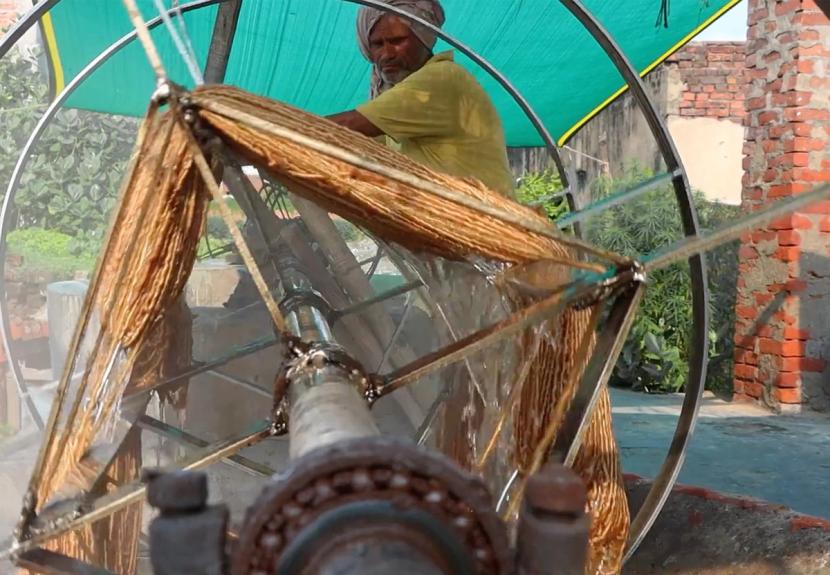Milord - Hand-knotted Rug
Free Shipping
Bestseller









Related Products

Edith Collection
Inspired by the Arts and Crafts movement from the late 1800s and early 1900s, the Edith rugs have soft geometric motifs with a muted palette. Craftsmanship was key to this decorative trend, so each piece is carefully hand-knotted, dyed with an artisan vintage wash, and made of soft 100% New Zealand wool pile.
Milord
Hand-knotted Rug
You Do Need a Rugpad
Here's why
Low-profile rug pad
$99
Ready to Ship
Hand-knotted rug with New Zealand wool
- 100% New Zealand wool on cotton foundation
- You may find traces of dried hay, grass, or straw in your rug as grazing sheep often collect plant matter in their coats. Remove gently by hand or with tweezers.
- Authentic wool fibers were used to weave this rug. Please note that when wool gets damp, it will smell like a wet sheep. This is the scent of lanolin, which acts as a waxy barrier against dirt and moisture.
- Medium pile: approximately 1/3" thick (8-10mm)
- 2" fringe. Fringe is not included in the overall dimensions above.
- Color palette: emerald green, moss green, olive green, sage green, dove gray, powder blue, cadet blue, rust red, dusty rose pink
- Due to its handmade nature a 5% variance in size, color and texture is to be expected.
Related Products

Play Video
Edith Collection
Inspired by the Arts and Crafts movement from the late 1800s and early 1900s, the Edith rugs have soft geometric motifs with a muted palette. Craftsmanship was key to this decorative trend, so each piece is carefully hand-knotted, dyed with an artisan vintage wash, and made of soft 100% New Zealand wool pile.

Moss / 6' x 9'
Change










